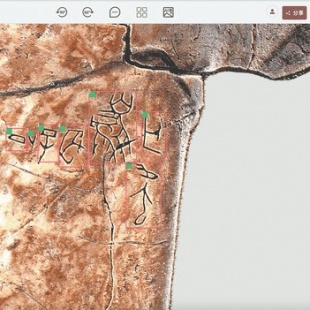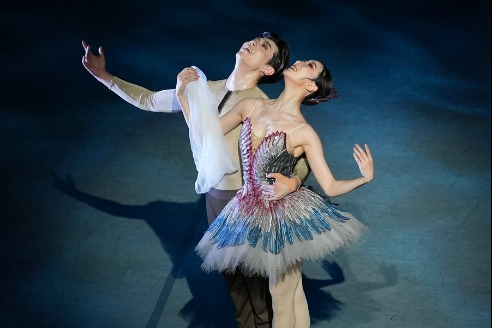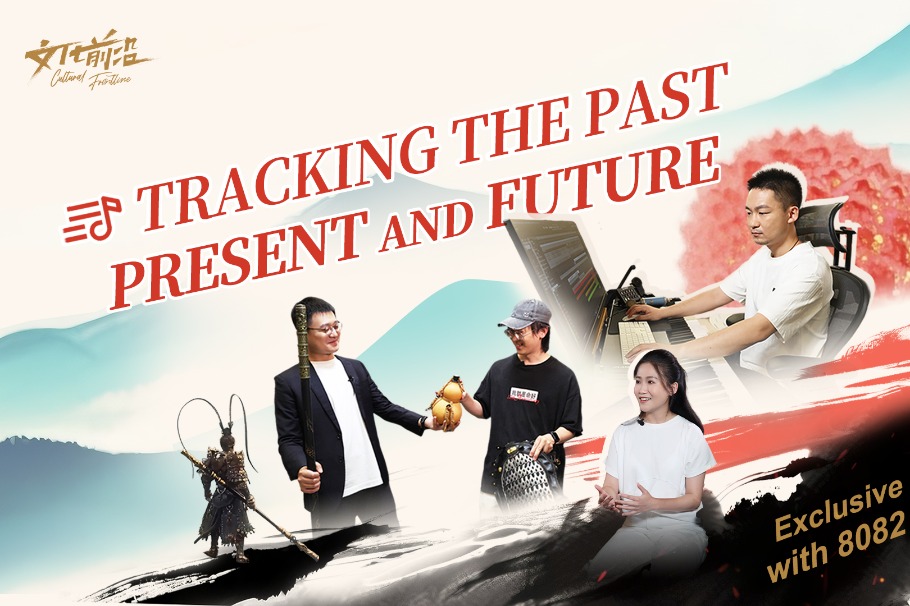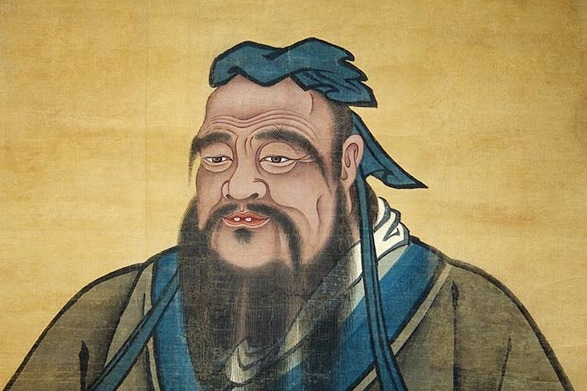Race on to decipher oracle bone characters with AI
Competition to decode ancient scripts expected to advance research, stimulate public interest, spur technological development, Fang Aiqing reports.

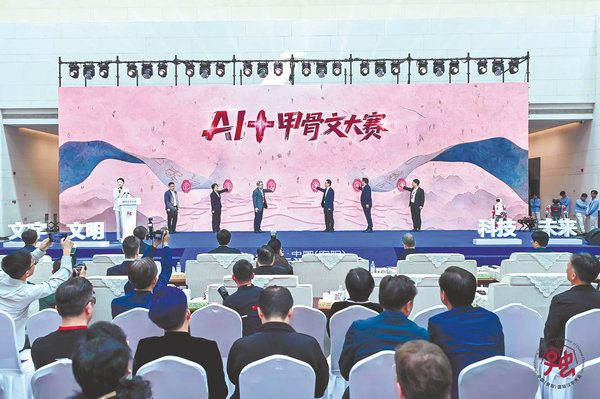
For over a century, generations of scholars have pursued the ultimate dream of decoding the oracle bone script, China's earliest known writing system. Inscribed on ox scapulae or turtle shells, the script was used mainly for divination purposes from the 14th to 11th centuries BC, during the late Shang Dynasty (c. 16th century-11th century BC), and was rediscovered in 1899 at the Yinxu Ruins in Anyang, Henan province.
Among the more than 4,500 oracle bone characters discovered, the meanings of over 3,000 remain a mystery. Scholars now hope the rapid development of artificial intelligence will help accelerate text deciphering and the reassembly of oracle bone fragments.
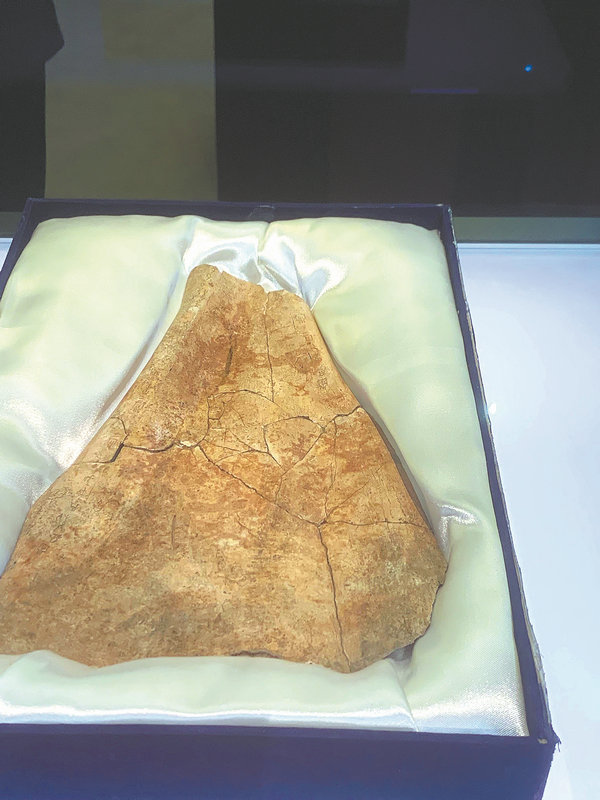
Their work is exemplified by a competition to promote AI-assisted research and use of oracle bone script announced during the 2025 China (Anyang) International Conference of Chinese Characters, held from April 20-22.
Organized by the Henan Provincial Administration of Cultural Heritage, the Anyang government, the Anyang Normal University and Tencent's sustainable social value division, the competition seeks candidates for interdisciplinary academic research and algorithm development projects to advance the deciphering of oracle bone characters, as well as for AI-generated cultural products that promote the script and its cultural connotations.
Potential candidates should register and submit their work by Sept 20. The awards will be announced in late October.


